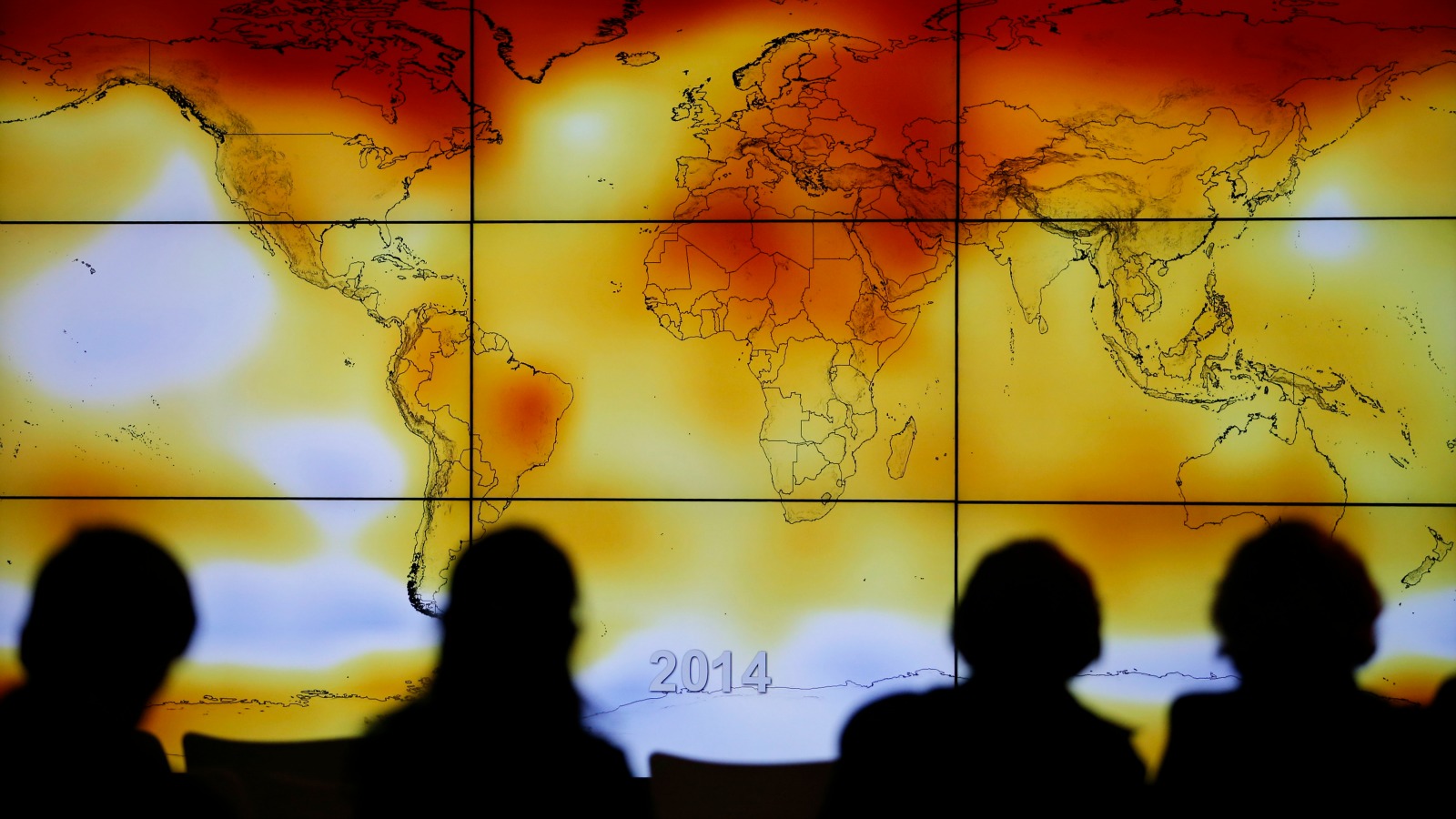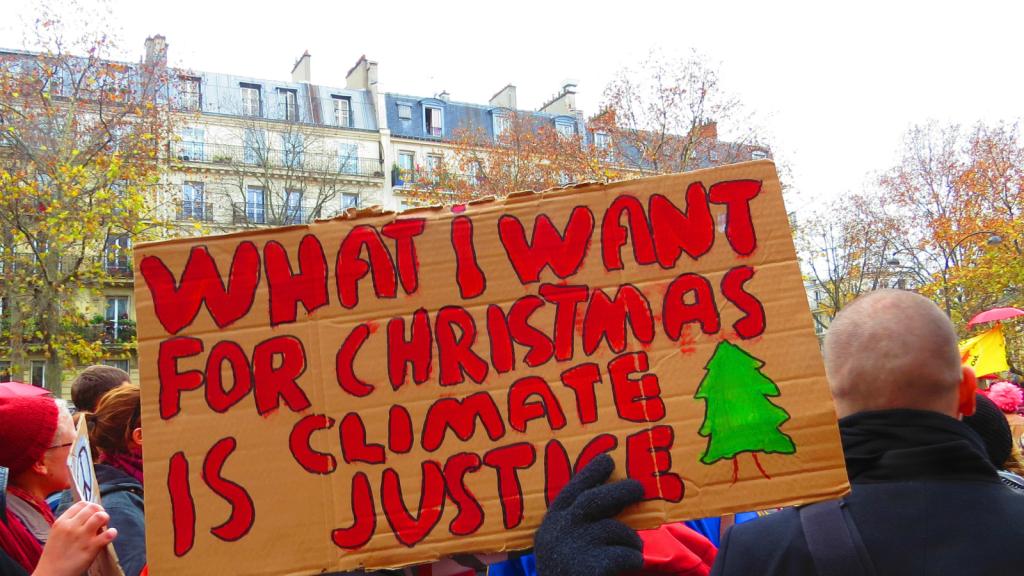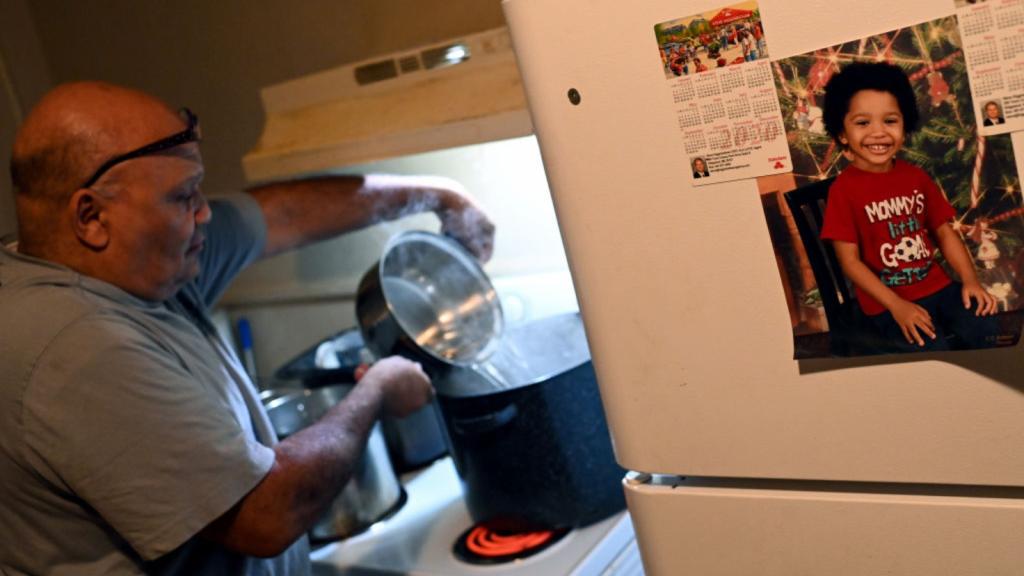This story was originally published by The New Republic and is reproduced here as part of the Climate Desk collaboration.
Compared to the conferences that came before it, Paris is going smoothly. So smoothly, relatively speaking, that there is still some sense of positivity amid the last-minute scrambling. As if to emphasize just how optimistic world leaders are feeling, negotiators released a draft agreement on Thursday that actually puts forward a more ambitious goal for global warming than many had expected going into the conference.
The draft text, released after marathon, around-the-clock negotiations, defines the purpose of the agreement as holding “the increase in the global average temperature to well below 2 degrees C above pre-industrial levels and to pursue efforts to limit the temperature increase to 1.5 degrees C, recognizing that this would significantly reduce risks and impacts of climate change.”
The language is a compromise — an acknowledgement that some people will suffer more than others at 1.5 degrees C of warming that doesn’t go so far as to set a new target. But the real problem is it’s an empty gesture, serving as a reminder that when politicians aren’t on track to meet one of their climate goals, they will offer an even less realistic one.
Five years ago, nearly 200 countries agreed in Cancun to set a ceiling for climate change at 2 degrees C above pre-industrial averages. That target was always an aspirational red line: Today, the world is already 1 degree C above pre-industrial averages and on track to blow past 2 in the next 20 years. At the same time, climate scientists and vulnerable nations have argued that anything above 1.5 degrees C, and certainly above 2, will be devastating. The effects of climate change are disparate, so the world’s poor tend to get hit by its consequences long before the rich.
One of the most unexpected developments in Paris is the biggest polluters coming around to the idea of setting an even more ambitious target of 1.5 degrees C. Canada, Australia, European countries, China, and the United States have all spoken in favor of recognizing the damage above 1.5 degrees C. “We need a recognition of 1.5 in the agreement,” U.S. climate envoy Todd Stern said Wednesday.
While environmental activists might grumble that the current language falls short of setting 1.5 degrees C as an actual target, and that compelling countries merely to “pursue efforts” will give them an excuse not to follow through, plenty of people might call this as a victory — assuming the language makes it into the final agreement.
“We need to set an official target of 1.5 C, challenging as it will be to meet it, in order to save as many people as possible,” Kumi Naidoo, executive director of Greenpeace International, told The Nation earlier this week.
But this whole debate is frustrating, because it reinforces all the cynicism that’s surrounded global action on climate for decades. Countries can find easy compromise on lofty goals, and the draft is full of these promises. Thursday’s text, for example, also says parties aim to reach peak greenhouse gas emissions “as soon as possible” (allowing for developing nations to continue to peak later, and reach “emissions neutrality in the second half of the century”).
All of this can be interpreted as an encouraging signal for investors, but policies send a much clearer signal than goals do. Based on current policies, there is no hope of limiting warming to 1.5 degrees C. The door to 2 degrees C is also closing fast, unless Paris delivers on other categories like five-year reviews, finance, and transparency. Even then, countries must outperform their domestic climate plans. Even if countries deliver on every single national pledge they’ve made so far, the world will still be on track for 3.5 degrees C of warming if we don’t do more before 2030 comes around.
As World Wildlife Fund vice president of climate change Lou Leonard told me this week, “1.5 is an empty number if we don’t come back, if the next time we come back is in 2035.”
Paris was never going to get us to under 2 degrees C on its own, but the animating idea has always been that it could put in place a system to eventually get us there. One of the key parts of this plan is to have nations come back to the table regularly, in as little as five years. According to Thursday’s draft, the first such stock-taking would occur in 2019, before the agreement takes force, and countries will be invited to submit updated or confirmed targets for 2030. Then in 2023, the first five-year review would begin, which “shall guide and inform” countries in “updating and enhancing” their climate pledges.
Elliot Diringer, executive vice president of the Center for Climate and Energy Solutions, noted in an email the five-year reviews show progress “but could be firmer still.” Another big issue that remains is be resolved is how to differentiate accountability and transparency when countries bear historically different responsibilities for climate change.
If the precise mechanisms for curtailing carbon emissions — and holding countries accountable — aren’t hashed out in the conference’s final hours, the goal of limiting warming to 1.5 or even 2 degrees C is worthless. The outcome will determine whether the Paris deal is a major milestone in the fight against climate change, or a meaningless document full of little more than high-minded rhetoric.



